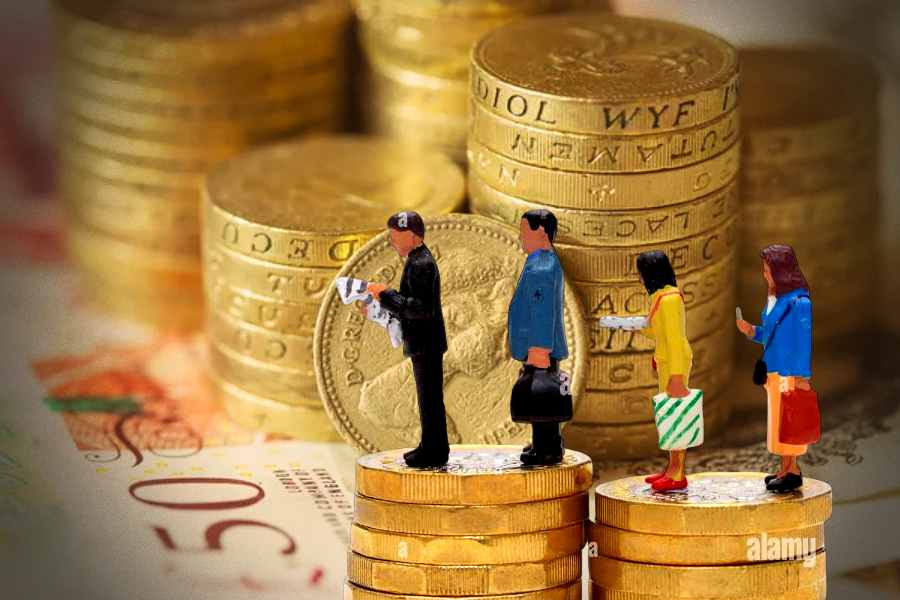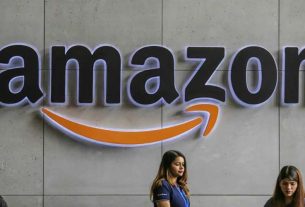Fri 16 August 2024:
Britain’s poorest households saw their shopping bill rise far more than the rich in the last few years, as the cost of the cheapest groceries jumped sharply compared to premium brands.
New research from the Institute for Fiscal Studies (IFS) found “cheapflation” between 2021 and 2023 hit households with tighter budgets, during the height of the cost-of-living crisis, The Independent reported.
Poorer households paid 29.1 percent more for their food over the period, while much wealthier households witnessed a 23.5 percent increase, the research found.
__________________________________________________________________________

https://whatsapp.com/channel/0029VaAtNxX8fewmiFmN7N22
__________________________________________________________________________
This comes as UK inflation rose to 2.2 percent in July, marking the first increase this year.
The latest figures mean that prices are rising faster across the country than in previous months, but still at a slower rate than in 2022 and 2023 when households and businesses were being squeezed during the peak of the cost crisis.
Food and drink inflation surged from 2021 in the face of post-pandemic supply and labour pressures and was accelerated further in 2022 after the Russian operation in Ukraine caused energy prices to spike.
As a result, food and drink prices rose by 28.4 percent between September 2021 and September 2023, compared with overall Consumer Price Index (CPI) inflation of 15.7 percent.
Nevertheless, the IFS said this inflation was disproportionately focused towards typically cheaper products.
Value brands of staple grocery products, such milk, pasta and butter rose in price by 36 percent over the two-year period, while more expensive versions of the same items rose by just 16 percent.
During the cost-of-living crisis, British households also shifted towards cheaper varieties of goods over this period to deal with the pressure on their budgets.
The share of household spending on the cheapest 10 percent of products grew by 2.2 percent between 2021 and 2023.
In what it said was an “unprecedented” disparity in inflation rates across income classes, the IFS calculated that if the poorest 25 percent of households had faced the same inflation rate for groceries as the richest 25 percent, their annual food bills would have been cut by £100.
Tao Chen, a research scholar at the IFS, said, “Widespread cheapflation pushed up the prices of the most inexpensive varieties of grocery products over the last two years. This hit poorer households harder.
“Individual households will almost always experience a different rate of inflation to headline numbers such as the CPI because these measures are based on average consumer spending patterns across the economy,” Chen added.
SOURCE: INDEPENDENT PRESS AND NEWS AGENCIES
______________________________________________________________
FOLLOW INDEPENDENT PRESS:
WhatsApp CHANNEL
https://whatsapp.com/channel/0029VaAtNxX8fewmiFmN7N22
![]()
TWITTER (CLICK HERE)
https://twitter.com/IpIndependent
FACEBOOK (CLICK HERE)
https://web.facebook.com/ipindependent
YOUTUBE (CLICK HERE)
https://www.youtube.com/@ipindependent
Think your friends would be interested? Share this story!





